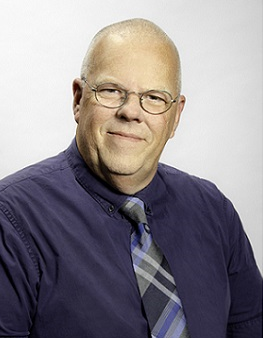
Vicor continuing its High-Performance Power Conversion Seminar and Workshop series in eight countries and 12 cities worldwide concluded Delhi edition on September 19.
The seminar and workshop series educate attendees about the challenges associated with real-world applications power challenges and provide practical design recommendations.
The educational and learning seminar, held in Delhi, was focused on new techniques for EMI mitigation, thermal modeling, PCB Layout, DC-DC designs and implementing AC-DC front ends.
The seminar started with a keynote session by Chris R. Swartz, Senior Principal Engineer/Manager, SiP & Advanced Applications, Vicor. Chris note was focused on modern power electronics circuit design and how to model the circuits for achieving first-pass design success.
Simulation plays an important role in designing the circuits, it offers a faster way to put complex circuits together and observe their behavior. Simulation allows the designer to determine the correctness and efficiency of a design before the system is constructed.
Focusing on circuit simulation, Chris presented “A circuit Simulation Briefing for Power Electronics Engineer”. In his keynote, he explained the importance and need of simulation for power engineers, available simulator types and the best tool to choose for simulation tasks.
He further explained his love for SPICE ((“Simulation Program with Integrated Circuit Emphasis) based tools (Pspice, Simetrix, LTSpice, TINA, ICAP/4) the first simulator he used, along with SIMPLIS, PSIM, NLS, MATLAB/ Simulnik.

Chris explained, though SPICE has been a standard in the industry it was never intended for power electronics engineers, while PWL simulators address their needs. Spice Averaged Model address difficult circuits and is a very powerful tool while SIMPLIS shows more accurate simulation.

“SIMetrix is a standard SPICE program for simulating electrical circuits and SIMPLIS is a piecewise linear circuit analysis program geared towards non-linear switching circuits. They are good choice for circuit-based simulation as it combines the best quality of the average and switching model” said Chris.
“The majority of engineers use SPICE or PWL based simulators, but whose best between them is a tricky question. He explained as none of the tools is a perfect fit for need, engineers must use a simulation strategy of considering the best features of each tool and running simulations on them,” Chris explained.
Under the theme “understanding simulator” Chris said, “Simulation is a very important part of the design process but it may lie”. Wrong assumptions like ideal components, no tolerance are some factors behind it.
The session progressed with AC-DC Front end consideration, Basic EMI PRE-compliance and troubleshooting techniques delivered by Chris. The next presentation was on “Modular DC-DC System Design Done Right”. The evening session conducted with topic PCB Layout and Thermal Design Techniques for High Density Power Systems.
The educational series concluded with Q&A round, where Chris answered the real-world questions of attendees and satisfactory resolved the doubts related to simulations.


















